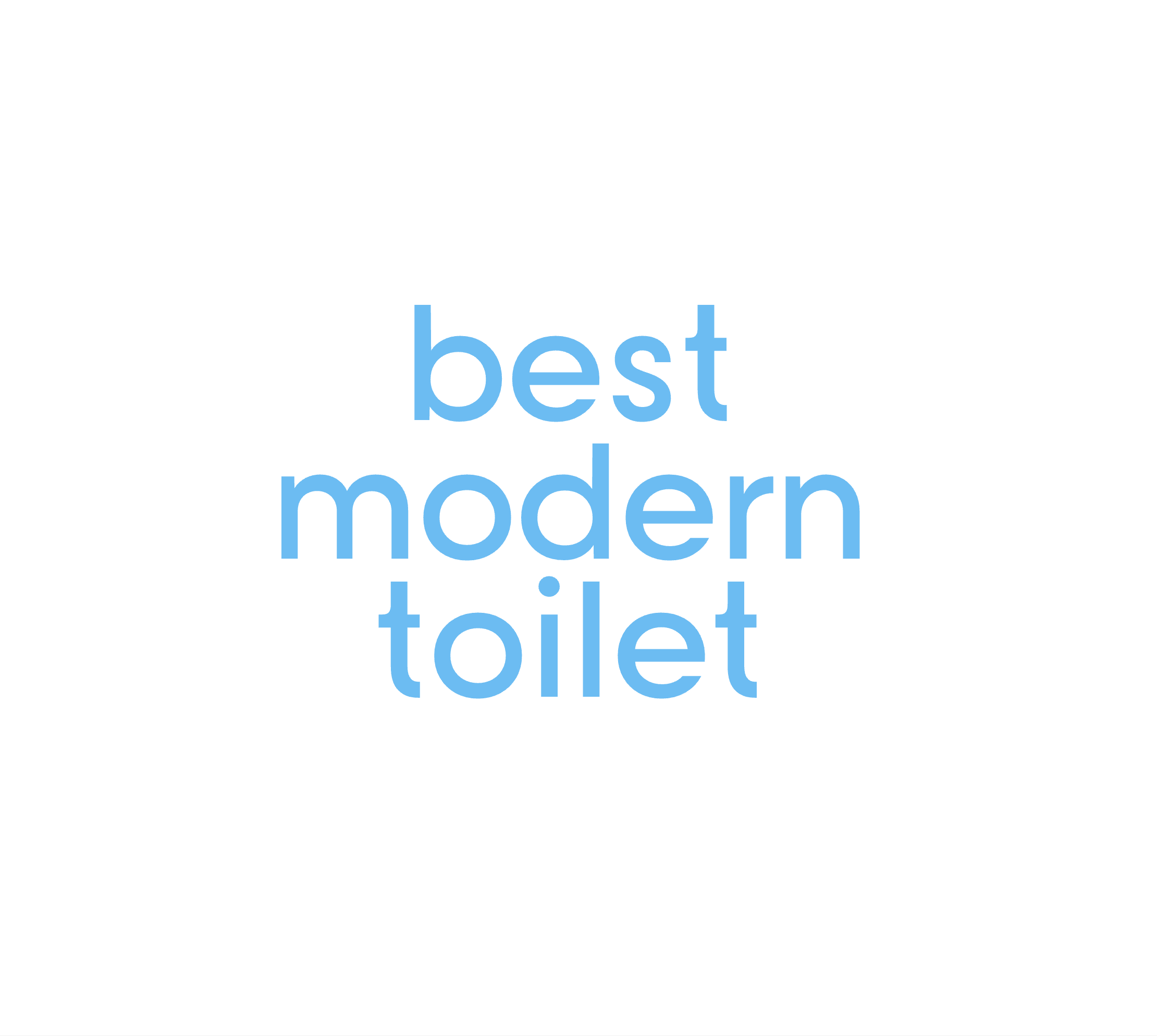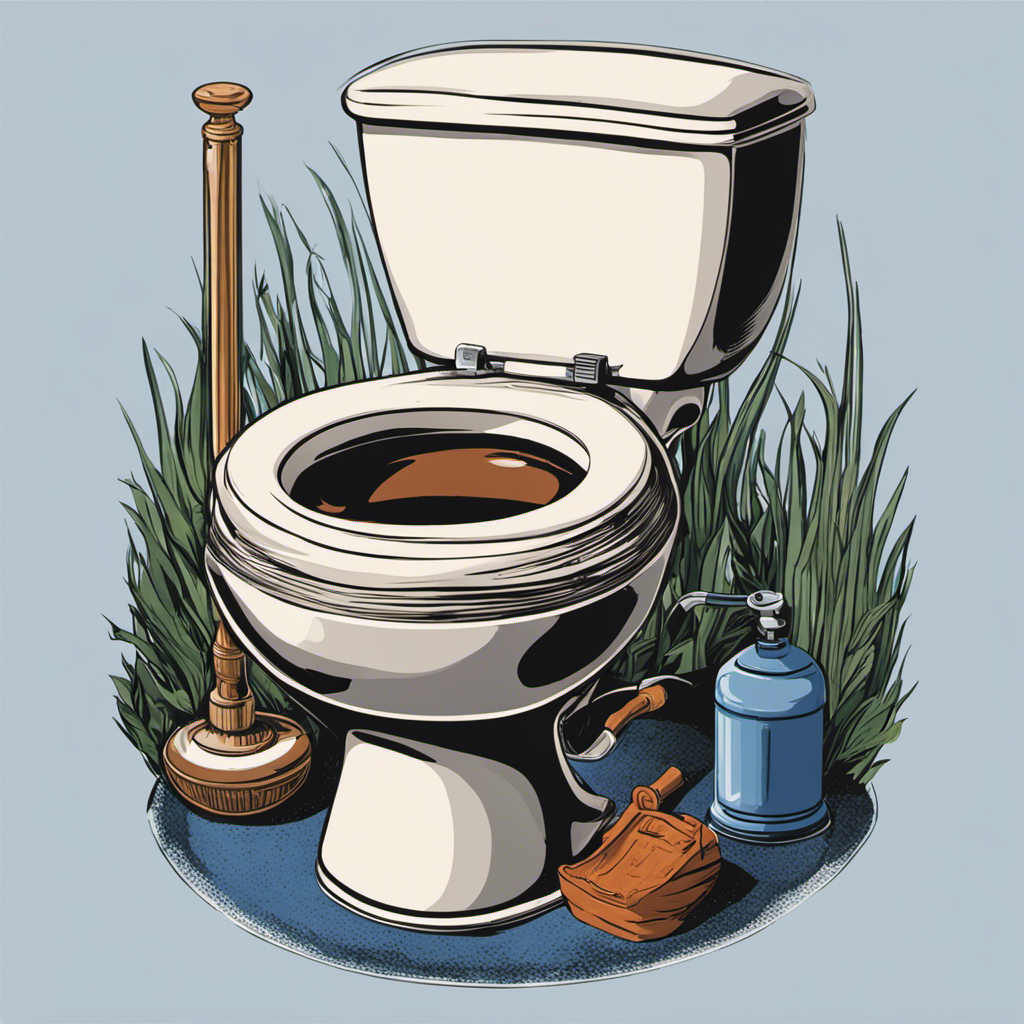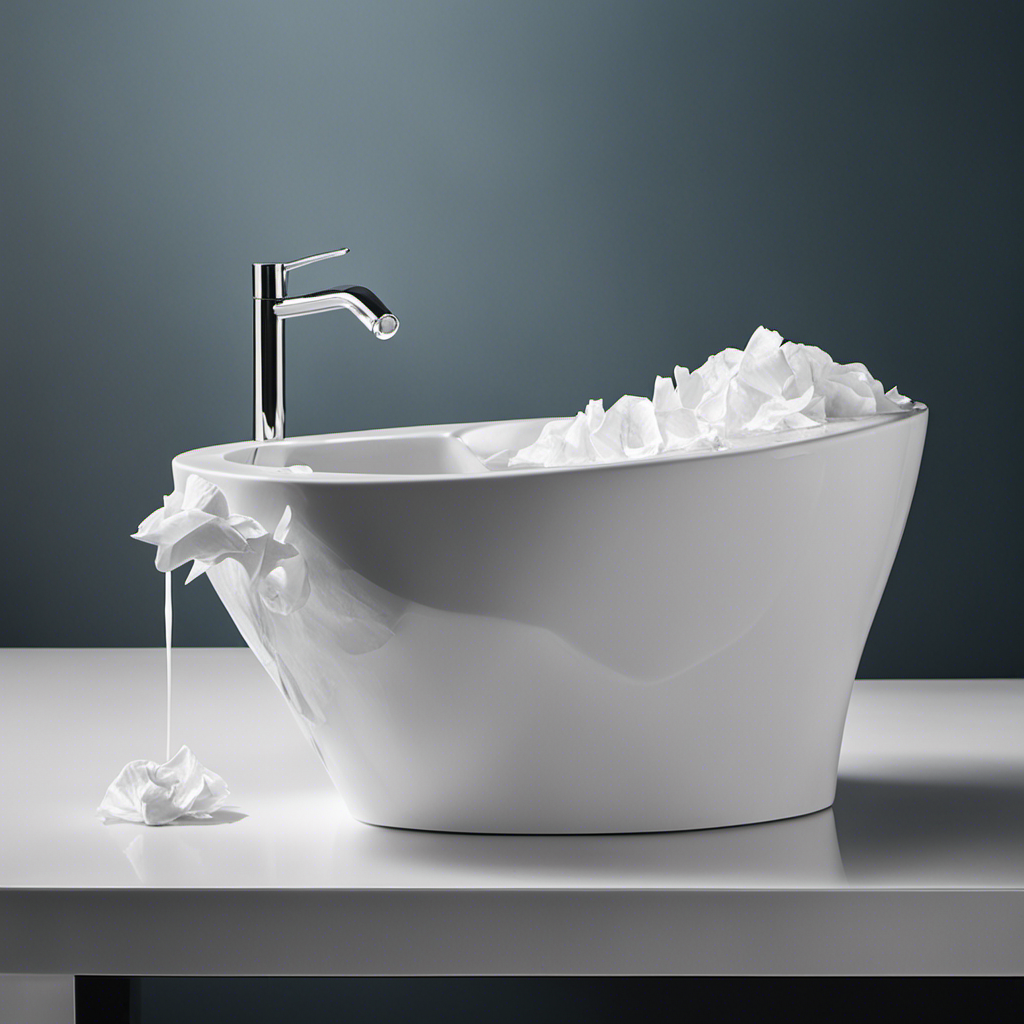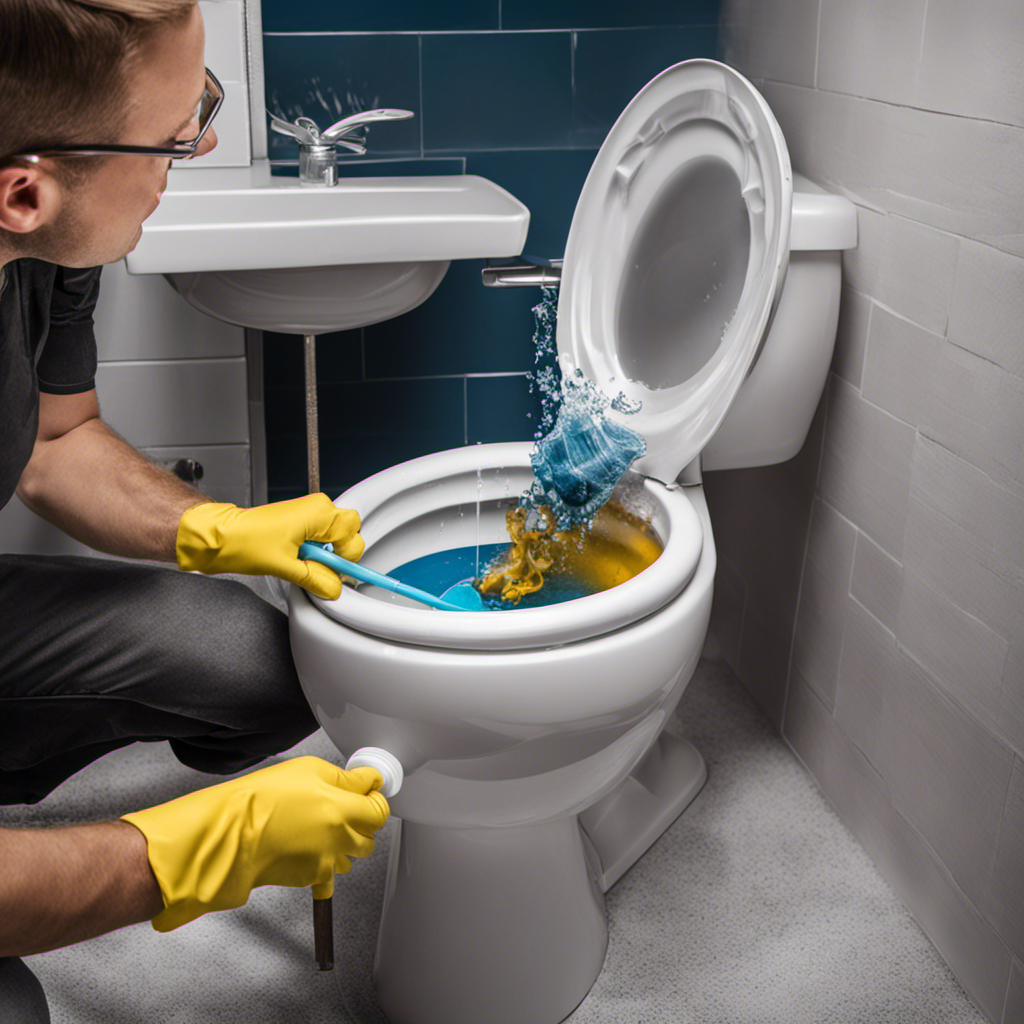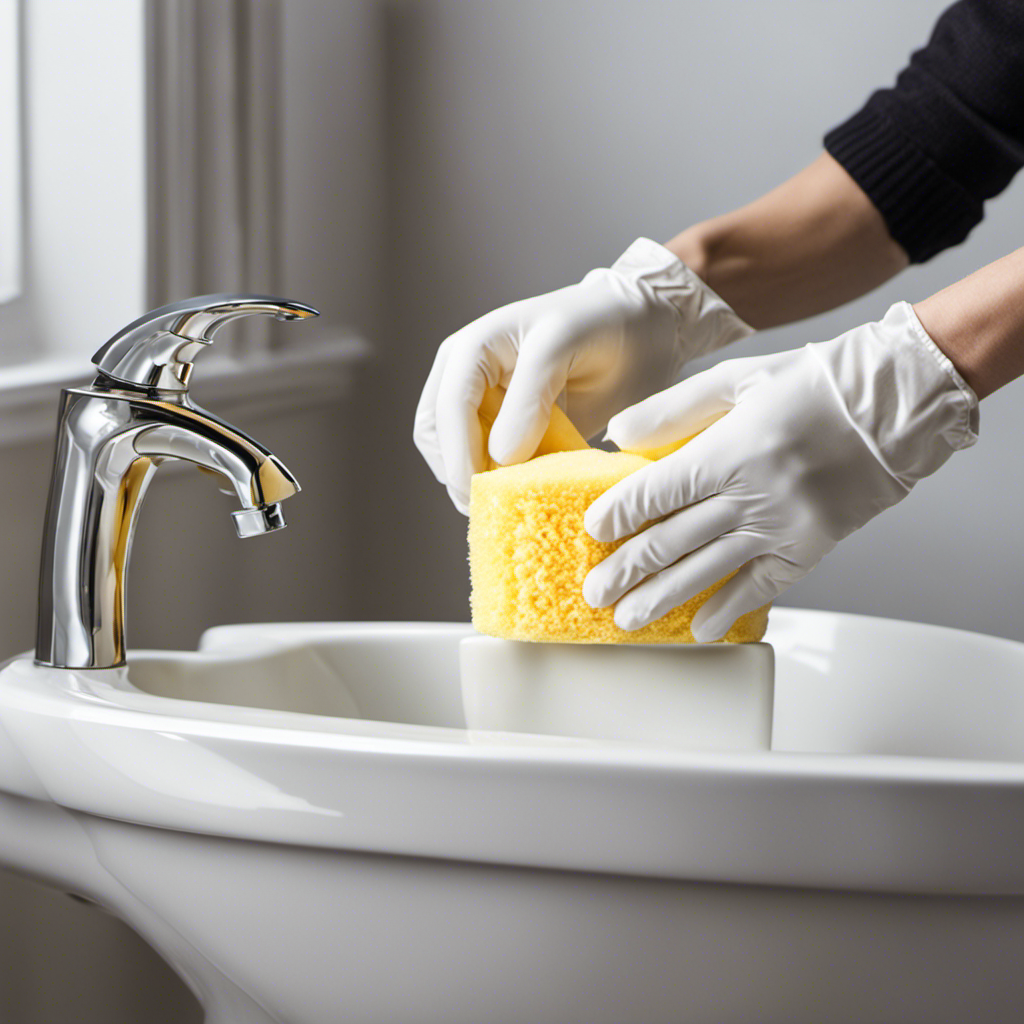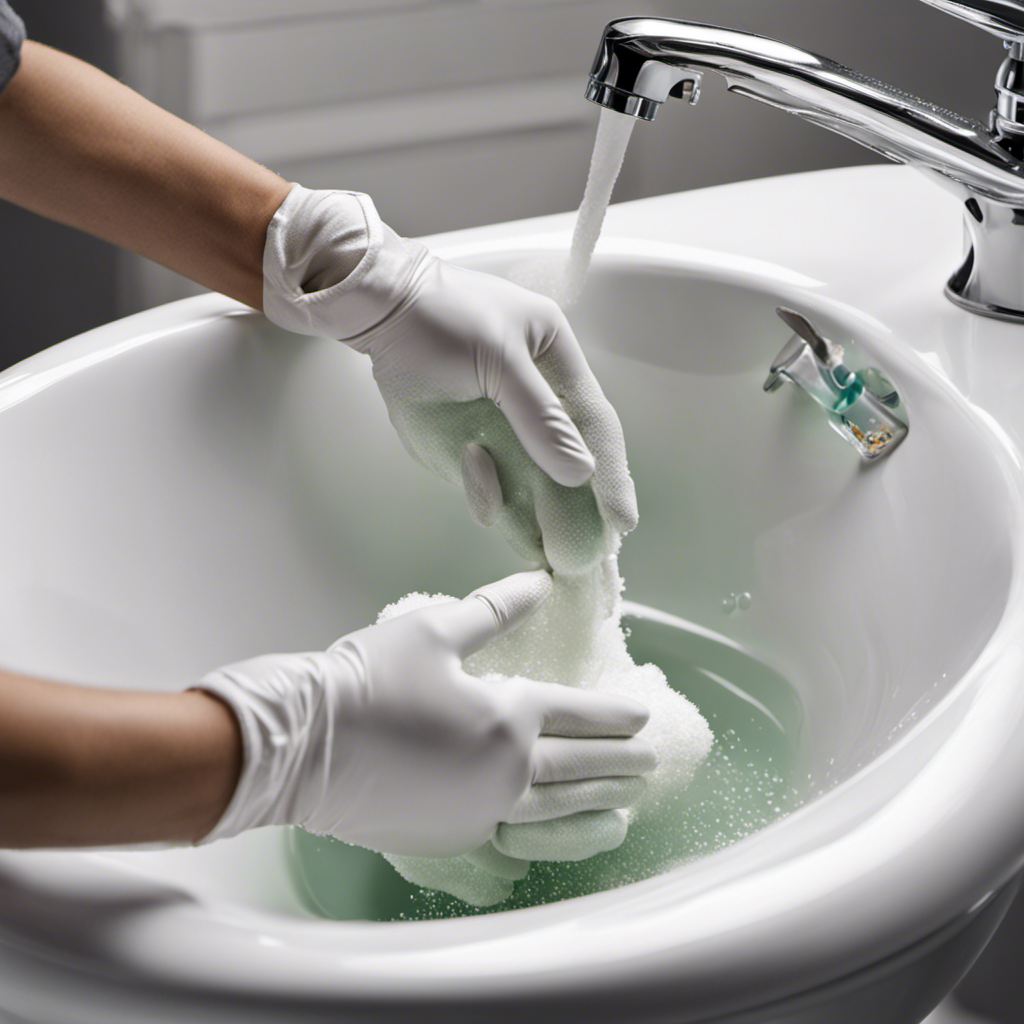Bathtub
How to Open Bathtub Drain
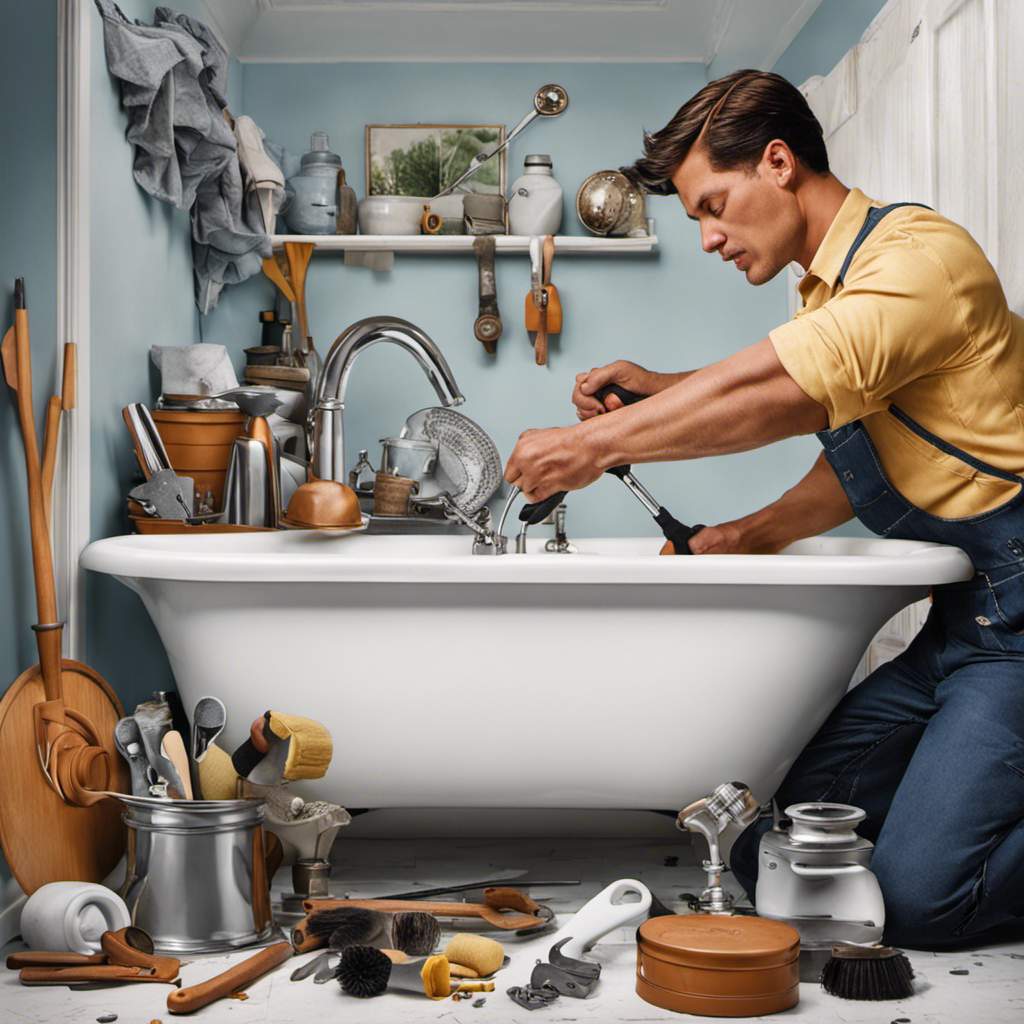
Hey there! Ever been stuck with a clogged bathtub drain, feeling like you’re swimming in a sea of frustration? Well, fear not! I’m here to guide you through the process of opening that stubborn drain and getting your tub back to its sparkling best.
With just a few simple steps and some handy tools, you’ll be able to clear out any debris and say goodbye to those pesky clogs.
So, let’s dive right in and get your drain flowing like a river again!
Key Takeaways
- Use the appropriate tools and safety precautions for removing the drain cover.
- Regularly clean and inspect the drain cover for maintenance purposes.
- Thoroughly clear out any visible debris before proceeding.
- Consider using a plunger as a quick, convenient, and cost-effective method for removing clogs.
Step 1: Gather Necessary Tools
First, you’ll need to gather the necessary tools for opening the bathtub drain. To tackle common bathtub drain problems, you’ll want to have a few key items on hand.
- First, grab a pair of rubber gloves to protect your hands from any unpleasant mess.
- Next, you’ll need a screwdriver to remove the screws that hold the drain cover in place. Make sure to choose the right type and size of screwdriver for your specific drain cover.
- Additionally, it’s helpful to have a set of pliers to assist with any stubborn screws or to grip and remove any debris that may be clogging the drain.
- Finally, consider having drain cleaning solutions available, such as a drain snake or a chemical drain cleaner, in case the problem is more than just a simple clog.
With these tools at your disposal, you’ll be ready to tackle any bathtub drain issue.
Step 2: Remove the Drain Cover
When it comes to removing a drain cover, there are several techniques that can be used depending on the type of cover and the level of difficulty.
Some common techniques include using a screwdriver to pry off the cover, using a plunger to create suction and lift the cover, or using a drain key tool specifically designed for removing covers.
It is important to have the right tools for the job, such as a screwdriver or drain key, to ensure a successful removal without causing damage to the cover or the surrounding area.
Additionally, safety should always be a top priority when removing drain covers, so it is important to wear gloves and protective eyewear, as well as to exercise caution to avoid any potential injuries.
Drain Cover Removal Techniques
To remove the drain cover, you can gently pry it off using a flat-head screwdriver. However, it’s important to note that the technique may vary depending on the type of drain cover you have. There are different types of drain covers available, including snap-on covers, screw-on covers, and lift-and-turn covers. Each type requires a slightly different approach for removal.
Proper maintenance of drain covers is essential to prevent clogs and maintain a healthy plumbing system. Regular cleaning and inspection are recommended to ensure that the drain cover is free from debris and functioning properly. Here are some tips for maintaining your drain cover:
| Maintenance Tips |
|---|
| Regular cleaning |
| Inspecting for damage |
| Removing hair and debris |
| Using drain covers with strainers |
| Avoiding harsh chemicals |
Tools for Removing Cover
You’ll need a few tools to remove the cover, including a screwdriver and a pair of pliers.
When it comes to drain cover removal techniques, safety should be a top priority. Before starting, make sure to turn off the water supply and put on protective gloves.
To begin, use the screwdriver to locate the screws holding the cover in place. Carefully unscrew them, being cautious not to drop them down the drain.
Once the screws are removed, use the pliers to grip the edges of the cover and gently lift it up. Be mindful of any sharp edges or debris that may be present.
If the cover doesn’t budge, try applying some penetrating oil to loosen it before attempting to lift it again. Remember to always exercise caution and follow safety tips for removal to avoid any accidents.
Safety Tips for Removal
Ensure your safety by wearing protective gloves and turning off the water supply before attempting to remove the drain cover. This step is crucial to prevent any accidents or injuries while working on the bathtub drain.
To grab your attention, here are two important points to keep in mind:
-
Use proper drain cover removal techniques: Depending on the type of drain cover, you may need to unscrew it or use a pry tool to lift it off.
-
Try the plunger technique for clogs: If your bathtub drain is clogged, a plunger can be an effective tool to dislodge the blockage. Place the plunger over the drain and create a tight seal, then vigorously plunge up and down to create suction and force the clog to break apart.
By following these safety tips and techniques, you can safely and effectively remove the drain cover.
Now, let’s move on to step 3: clearing out any visible debris from the drain.
Step 3: Clear Out Any Visible Debris
First, take a look and see if there is any visible debris in the bathtub drain. Clearing debris is an essential step when removing blockages from the drain. To begin, put on a pair of gloves to protect your hands from any sharp objects that may be present.
Next, use a flashlight to get a better view of the drain and identify any buildup or obstructions. Gently remove any visible debris using your fingers or a pair of tweezers, being careful not to push it further into the drain. It’s important to be thorough in this step to ensure that all debris is cleared out before moving on.
Once you have successfully cleared the visible debris, you can proceed to the next step: using a plunger to remove clogs.
Step 4: Use a Plunger to Remove Clogs
When it comes to dealing with clogged drains, one of the most effective techniques is using a plunger. The plunger creates a powerful suction that can help dislodge and remove stubborn clogs.
Not only is this method highly effective, but it also offers several benefits. For starters, it is a quick and convenient solution that doesn’t require any harmful chemicals. This means that you can unclog your drain without worrying about damaging your pipes or harming the environment.
Additionally, using a plunger is a cost-effective option. Plungers are relatively inexpensive and can be used multiple times, making them a practical tool to have on hand for any clogged drain emergencies.
Overall, using a plunger is a reliable and efficient way to deal with clogged drains. It is a tried and true method that has been used for years, and it continues to be a go-to solution for many homeowners. So the next time you find yourself dealing with a clogged drain, don’t hesitate to reach for your trusty plunger.
Plunger Technique for Clogs
To effectively use the plunger technique for clogs, apply downward pressure while maintaining a tight seal around the drain. This technique can be highly effective in unclogging stubborn drains.
Here are some unclogging tips using the plunger technique:
-
Proper Plunger Selection:
-
Use a sink plunger for flat surfaces like sinks or tubs.
-
For toilets, use a toilet plunger with an extended flange.
-
Plunging Technique:
-
Position the plunger over the drain and ensure a tight seal.
-
Push the plunger down forcefully, then pull up quickly.
-
Repeat this motion several times until the clog is dislodged.
Effective Drain Unclogging
Maintaining a strong seal and applying consistent pressure is key to effectively unclogging drains. There are various drain unclogging techniques that can be used as DIY drain cleaning methods. One effective method is using a mixture of baking soda and vinegar. Simply pour half a cup of baking soda down the drain, followed by half a cup of vinegar. Let it sit for about 30 minutes, then flush it with hot water. Another technique is using a drain snake or auger. This tool is inserted into the drain and twisted to break up the clog. Finally, using a plunger can also be effective, especially for minor clogs. Remember to cover the overflow opening with a wet cloth to create a strong seal. By following these techniques, you can easily tackle drain clogs on your own.
| Technique | Materials Needed | Difficulty Level |
|---|---|---|
| Baking soda and vinegar | Baking soda, vinegar, hot water | Easy |
| Drain snake or auger | Drain snake or auger tool | Moderate |
| Plunger | Plunger, wet cloth | Easy |
Benefits of Using Plunger
Using a plunger can quickly and easily clear minor clogs in your sink or toilet. It is a simple yet effective tool that everyone should have in their home.
Here are some benefits of using a plunger:
-
Versatile: Plungers can be used on different types of drains, such as sinks, toilets, and bathtubs.
-
Cost-effective: Plungers are inexpensive and can save you money by avoiding costly plumber visits.
-
Plunger alternatives: While plungers are the go-to tool for unclogging drains, there are alternatives available, such as drain snakes or chemical drain cleaners.
-
Plunger maintenance: To ensure the longevity of your plunger, clean it after each use and store it in a dry place.
Step 5: Try a Drain Snake or Auger
If you’ve tried other methods and the clog still won’t budge, it’s time to give a drain snake or auger a shot. These tools are specifically designed to reach deep into your bathtub drain and remove stubborn clogs.
One alternative to using a drain snake or auger is to try alternative drain cleaning products. These products often contain chemicals that can break down clogs and clear your drain. However, it’s important to follow the instructions carefully and use caution when working with these products.
Another option is to hire professional drain cleaning services. They have the expertise and specialized equipment to effectively clear your clogged drain. Professional services can be especially beneficial if you’ve tried other methods without success or if you’re dealing with a particularly stubborn clog.
Step 6: Use a Chemical Drain Cleaner
When it comes to using chemical drain cleaners, it’s important to take safety precautions to protect yourself and the environment.
Before using any chemical products, make sure to read and follow the instructions carefully.
Always wear protective gloves and eye goggles to prevent any direct contact with the chemicals.
Additionally, it’s worth considering alternative drain cleaning methods. Using natural ingredients like baking soda and vinegar can be effective and safer options.
Using a drain snake or auger is another alternative method that can be effective and safer.
Safety Precautions for Chemicals
Before starting, be sure to read and follow the safety precautions for handling chemicals. Chemical safety is of utmost importance when using drain cleaners. Here are some key guidelines to keep in mind:
- Always wear protective gloves and goggles to prevent any contact with the chemicals.
- Work in a well-ventilated area to avoid inhaling any toxic fumes.
- Open windows and doors to ensure proper ventilation.
- Use fans or exhaust systems to further improve air circulation.
Proper ventilation is crucial as it helps remove harmful vapors and gases from the environment. By following these precautions, you can ensure your safety while using chemical drain cleaners.
Now, let’s explore alternative drain cleaning methods that are effective and safe for both you and the environment.
Alternative Drain Cleaning Methods
To clean your drains without using harsh chemicals, consider using a mixture of vinegar and baking soda. This alternative drain cleaning method is not only effective but also eco-friendly.
Start by pouring half a cup of baking soda down the drain, followed by half a cup of vinegar. Allow the mixture to sit for about 30 minutes, allowing it to fizz and break down any buildup in the pipes. Afterward, flush the drain with hot water.
Another alternative drain cleaning tool is a plunger, which can help dislodge any clogs. Simply place the plunger over the drain and plunge vigorously. Remember to cover the overflow drain with a wet cloth to create proper suction.
These eco-friendly drain cleaning methods are safe and can help maintain clean and clear drains.
Now, let’s move on to step 7: try a homemade solution.
Step 7: Try a Homemade Solution
If you’re looking for a budget-friendly option, you can try using a homemade solution to unclog your bathtub drain. There are several homemade solution alternatives and natural drain cleaning options that you can try before resorting to harsh chemicals or calling a plumber.
Here are two sub-lists of homemade solutions that can effectively unclog your drain:
-
Baking Soda and Vinegar:
-
Pour half a cup of baking soda down the drain.
-
Follow it with half a cup of vinegar.
-
Let the mixture sit for about 30 minutes.
-
Flush the drain with hot water.
-
Salt and Boiling Water:
-
Pour half a cup of salt down the drain.
-
Follow it with a pot of boiling water.
-
Let it sit for a few minutes.
-
Flush the drain with hot water.
These homemade solutions are often effective in breaking down clogs and restoring proper drainage.
Step 8: Use a Wet/Dry Vacuum
You can easily use a wet/dry vacuum to help unclog your bathtub by creating a tight seal around the drain and quickly removing any debris.
Wet/dry vacuums are versatile tools that can be used for a variety of tasks beyond just cleaning up spills.
To ensure your wet/dry vacuum is always ready for use, regular maintenance is essential. This includes emptying the collection tank, cleaning or replacing the filter, and checking for any clogs in the hose or attachments.
Additionally, wet/dry vacuums can be used for alternative purposes, such as cleaning out gutters, removing water from flooded areas, or even blowing leaves off your patio.
Step 9: Call a Professional Plumber
Calling a professional plumber is a wise decision if you are unable to unclog your bathtub using the previous steps. Sometimes, despite our best efforts, the clog may be too stubborn or complex for DIY methods. In such cases, it is best to rely on the expertise of a professional plumber.
Here are a few reasons why hiring a professional plumber for bathtub drain cleaning is beneficial:
-
Experience: Professional plumbers have years of experience dealing with various types of clogs. They can quickly identify the root cause of the problem and provide effective solutions.
-
Specialized Tools: Plumbers have access to specialized tools and equipment that can efficiently remove even the toughest clogs without causing damage to your bathtub or pipes.
-
Preventive Maintenance: A professional plumber can also provide valuable advice on preventive maintenance, ensuring that your bathtub drain remains clog-free in the future.
Step 10: Consider Preventive Measures
Consider implementing preventive measures to keep your bathtub clog-free in the future. Preventive maintenance is crucial to avoid the hassle and expense of dealing with a clogged drain.
There are several long-term solutions you can try to keep your bathtub drain clear and flowing smoothly.
Firstly, using a drain strainer or hair catcher is a simple yet effective way to prevent hair and other debris from entering the drain. Regularly cleaning the strainer or hair catcher will ensure its efficiency.
Secondly, avoid pouring grease, oil, or any other substances down the drain as they can solidify and cause blockages. Instead, dispose of them properly in a designated container.
Lastly, periodic flushing with hot water can help remove any accumulated build-up, keeping the drain clear.
Step 11: Test the Drain for Proper Function
Now that we have covered preventive measures, let’s move on to the next step: testing the drain for proper function. This step is crucial in ensuring that your bathtub drain is working efficiently and effectively. By testing the drain, you can identify any issues or problems that may be causing drain odors or other common bathtub drain issues.
To help you troubleshoot these issues, here are some key points to consider:
- Check for clogs: Use a drain snake or plunger to clear any clogs that may be causing drainage problems.
- Inspect the drain stopper: Make sure the drain stopper is properly aligned and functioning correctly.
- Clean the drain: Remove any debris or buildup that may be causing blockages or odors.
- Check the overflow drain: Ensure that the overflow drain is clear and functioning properly.
Frequently Asked Questions
How Much Time Does It Usually Take to Open a Bathtub Drain?
It usually takes me about 10-15 minutes to open a bathtub drain. The key is to understand how to prevent bathtub drain clogs and the common causes of them. This knowledge helps me tackle the issue efficiently.
Can I Use a Plunger if the Bathtub Drain Is Completely Clogged?
Yes, a plunger can be used as an alternative to unclog a bathtub drain if it’s completely clogged. However, if it doesn’t work, it’s best to call a professional drain cleaning service for assistance.
What Should I Do if the Homemade Solution Doesn’t Work?
If the homemade solution doesn’t work, there are alternative methods you can try. For stubborn clogs, consider calling a professional plumber who has the expertise and tools to open your bathtub drain effectively.
Are Chemical Drain Cleaners Safe to Use on All Types of Pipes?
Chemical drain cleaners may not be safe for all types of pipes. It’s important to check the label and follow instructions carefully. If unsure, it’s best to seek alternative methods, such as using a plunger or a drain snake, to unclog bathtub drains.
How Much Does It Typically Cost to Hire a Professional Plumber to Open a Bathtub Drain?
Hiring a professional plumber to open a bathtub drain can cost anywhere from $100 to $300, depending on the complexity of the job. However, there are alternatives such as DIY methods or using drain cleaning products.
Conclusion
After following these steps, you’ll be a bathtub drain-opening expert!
You’ll feel like a superhero, effortlessly removing clogs and restoring your drain to its former glory.
No longer will you be plagued by slow draining or standing water in your tub.
You’ll have the power to tackle any plumbing challenge that comes your way.
Say goodbye to expensive plumber bills and hello to a perfectly functioning bathtub drain.
You’ll be the envy of all your friends and neighbors with your unclogging skills.
So go forth, conquer those drains, and bask in the satisfaction of a job well done!
With an impeccable eye for detail and a passion for bathroom-related, Ava leads our editorial team gracefully and precisely.
Under her guidance, Best Modern Toilet has flourished as the go-to resource for modern bathroom enthusiasts. In her free time, you might find Ava exploring antique shops and looking for vintage bathroom fixtures to add to her collection.
Bathtub
Is It Safe to Flush Toilet Paper Down the Toilet

When it comes to disposing of toilet paper correctly, we all want to ensure we are doing it properly. But is it safe to flush toilet paper down the toilet? In this article, we will investigate the potential plumbing hazards and environmental effects linked to flushing toilet paper.
We will also discuss alternatives to flushing and provide guidelines for proper toilet paper usage.
So, let’s dive in and discover the best way to handle this essential bathroom task.
Key Takeaways
- Flushing toilet paper can lead to clogged pipes and blockages.
- Toilet clogs can make toilets inoperable and require plumber assistance.
- Toilet paper production contributes to deforestation and climate change.
- Using bidet options or eco-friendly alternatives can reduce the need for toilet paper.
Plumbing Risks
One of the main plumbing risks associated with flushing toilet paper down the toilet is the potential for clogged pipes. When toilet paper is flushed, it travels through the plumbing system and can accumulate in the pipes over time. This accumulation can lead to blockages, resulting in toilet clogs and potential sewage backup.

Toilet clogs can be a major inconvenience, causing toilets to become inoperable and requiring the assistance of a plumber to resolve the issue. Additionally, if the clog is severe enough, it can cause sewage backup, which poses health risks and can lead to costly repairs.
To prevent these plumbing risks, it’s important to only flush toilet paper down the toilet and avoid disposing of other items that can cause clogs.
Environmental Impact
Our environmental impact is a major concern when it comes to flushing toilet paper down the toilet. Toilet paper production contributes significantly to deforestation, making it an unsustainable practice. To understand the gravity of this issue, let’s take a look at the environmental impact of toilet paper production.
| Environmental Impact | Explanation |
|---|---|
| Deforestation | The production of toilet paper requires vast amounts of wood pulp, leading to the destruction of forests. This results in the loss of crucial habitats for plants and animals, and contributes to climate change. |
| Water Consumption | The manufacturing process of toilet paper consumes large quantities of water, which can strain local water supplies and deplete freshwater resources. |
| Chemical Usage | The bleaching process used to make toilet paper white often involves the use of harmful chemicals such as chlorine, which can contaminate water sources and harm aquatic life. |
It is essential for us to consider these environmental consequences and explore more sustainable alternatives, such as using recycled or bamboo toilet paper, to minimize our impact on the planet.

Alternatives to Flushing
Let’s explore alternative options for disposing of toilet paper.
One option to consider is using bidet options. Bidets are fixtures that use water to clean the genital area after using the toilet. They’re commonly found in many countries and are becoming more popular worldwide. Bidet options include standalone bidets, bidet attachments that can be added to existing toilets, or handheld bidet sprayers. By using a bidet, you can reduce or even eliminate the need for toilet paper altogether.
Another alternative is using reusable cloths. These can be made from soft, absorbent materials such as cotton or bamboo. After use, simply wash the cloth with soap and water, and it will be ready for reuse. Reusable cloths are an eco-friendly option that can help reduce waste and minimize the environmental impact of toilet paper disposal.
Proper Toilet Paper Usage
To continue the discussion on proper toilet paper usage, we can now delve into the importance of using toilet paper responsibly and ensuring its proper disposal.

When it comes to toilet paper brands, it’s essential to choose ones that are designed to dissolve easily in water. Look for brands that are labeled as septic-safe or biodegradable. These types of toilet paper are specifically formulated to break down quickly, reducing the risk of clogging your plumbing system or causing damage to your septic tank.
Additionally, regular septic tank maintenance is crucial for preventing issues related to toilet paper usage. Regular pumping and inspection can help identify any potential problems before they escalate.
Proper toilet paper usage, combined with septic tank maintenance, ensures a trouble-free and efficient plumbing system.
In the following section, we’ll provide our conclusion and recommendations regarding toilet paper disposal and alternatives.

Conclusion and Recommendations
To sum up our findings on proper toilet paper usage and disposal, we recommend:
- Selecting septic-safe or biodegradable brands that dissolve easily in water.
- Regularly maintaining your septic tank to prevent potential issues.
Here are our top three recommendations for toilet paper disposal and septic tank maintenance:
- Choose septic-safe or biodegradable brands: Opt for toilet paper that’s specifically designed to break down easily in water. These brands are less likely to cause clogs or damage to your septic system.
- Avoid flushing other materials: Never flush anything other than toilet paper down the toilet. Items like wet wipes, sanitary products, or paper towels can lead to blockages and septic tank problems.
- Regularly maintain your septic tank: Schedule regular inspections and pump-outs to ensure that your septic tank is functioning properly. This will help prevent backups, odors, and costly repairs.
Frequently Asked Questions
Can Flushing Toilet Paper Down the Toilet Cause Clogs in the Plumbing System?
Flushing toilet paper down the toilet can cause clogs in the plumbing system, posing clogging risks. Additionally, it can have negative environmental impacts. It’s essential to dispose of toilet paper properly to avoid these issues.
Is There a Risk of Toilet Paper Causing Damage to the Septic Tank?
There are risks associated with flushing toilet paper down the toilet, including potential damage to the septic tank. Additionally, using alternative toilet paper options can have environmental impacts that should be considered.

Are There Any Health Risks Associated With Flushing Toilet Paper Down the Toilet?
Flushing toilet paper poses no health risks and has numerous health benefits, such as maintaining cleanliness and preventing the spread of germs. However, it is important to consider the environmental impact and use eco-friendly alternatives when possible.
Can Flushing Excessive Amounts of Toilet Paper Lead to Problems With the Municipal Sewage System?
Flushing excessive amounts of toilet paper can potentially lead to problems with the municipal sewage system. It is important to consider the potential environmental impact and explore alternatives to flushing toilet paper, such as using bidets or installing a separate waste bin.
Is It Safe to Flush Toilet Paper With Additives, Such as Scented or Moistened Options, Down the Toilet?
Yes, it is safe to flush regular toilet paper down the toilet. However, when it comes to toilet paper with additives like scents or moisture, there are safety concerns and potential environmental impact to consider.
Conclusion
In conclusion, it’s safe to flush toilet paper down the toilet, as long as it’s used in moderation and not excessive amounts.

However, it’s important to be mindful of the potential plumbing risks and environmental impact.
To minimize these risks, consider using alternatives to flushing, such as bidets or wet wipes, and always follow proper toilet paper usage guidelines.
By taking these precautions, we can maintain a functional plumbing system and contribute to a healthier environment.
With an impeccable eye for detail and a passion for bathroom-related, Ava leads our editorial team gracefully and precisely.
Under her guidance, Best Modern Toilet has flourished as the go-to resource for modern bathroom enthusiasts. In her free time, you might find Ava exploring antique shops and looking for vintage bathroom fixtures to add to her collection.
Bathtub
Can You Flush Toilet Paper in Crete Greece

Have you ever been to Crete, Greece and wondered about the toilet paper disposal situation? We have all the information you need!
In this article, we’ll dive into the plumbing system in Crete and explore the do’s and don’ts of toilet paper disposal. We’ll also discuss the environmental impact of flushing toilet paper and provide some alternative options.
So, grab a seat and get ready to learn all about the best ways to handle your toilet paper experience in Crete. Let’s get started!
Key Takeaways
- The plumbing system in Crete operates efficiently, but specific regulations are in place for toilet paper disposal.
- Flushing toilet paper can cause plumbing issues and may not be suitable for older infrastructure.
- Toilet paper should be placed in a separate bin in Crete, and plastic bags are commonly used to line the bins for easy disposal.
- Flushing toilet paper has significant environmental consequences, including clogged pipes, water pollution, and negative impacts on forests and ecosystems.
Plumbing System in Crete
The plumbing system in Crete, Greece, operates efficiently, allowing us to flush toilet paper without any concerns. In Greece, there are specific plumbing regulations in place that dictate the standards for the country’s plumbing infrastructure. These regulations ensure that the plumbing system can handle the disposal of toilet paper without any issues.

However, it’s important to note that there are cultural differences in toilet paper usage in Greece compared to other countries. While it’s common practice in many places to dispose of toilet paper in the toilet, in Greece it’s often recommended to dispose of it in a separate bin provided in the bathroom. This cultural difference is due to the older infrastructure in some parts of Greece, which may not be able to handle large amounts of toilet paper.
Transitioning into the subsequent section about ‘toilet paper disposal in Crete’, let’s explore the proper methods for disposing of toilet paper in this region.
Toilet Paper Disposal in Crete
We can dispose of toilet paper in Crete, Greece, by placing it in a separate bin provided in the bathroom. It’s a common practice in Crete to not flush toilet paper down the toilet due to the plumbing system’s sensitivity. Instead, you’ll find small bins specifically designated for toilet paper disposal in most bathrooms. These bins are usually lined with plastic bags for easy disposal.
It’s important to adhere to this local custom to avoid any plumbing issues. While it may seem unusual for some visitors, it’s a necessary step to ensure the proper functioning of the plumbing system. By disposing of toilet paper in these bins, we can minimize the risk of clogs and maintain the overall cleanliness and hygiene of the bathroom facilities.

Now that we know how to dispose of toilet paper correctly, let’s delve into the environmental impact of flushing toilet paper.
Environmental Impact of Flushing Toilet Paper
As we consider the environmental impact of flushing toilet paper in Crete, Greece, it’s important to recognize the significant amount of waste that can accumulate in the plumbing system. Flushing toilet paper can have a detrimental impact on sewage systems, as the paper can clog pipes and cause blockages. This not only leads to costly repairs, but also contributes to the pollution of our waterways.
Additionally, the sustainability of toilet paper production is a concern. The production of toilet paper requires the cutting down of trees and the use of chemicals, which can have a negative impact on our forests and ecosystems.
Considering these environmental consequences, it’s crucial to explore alternatives to flushing toilet paper in Crete.

Alternatives to Flushing Toilet Paper in Crete
Toilet paper alternatives in Crete include bidets, which can be a more sustainable option for personal hygiene. In addition to bidets, there are several other cultural practices and alternatives to flushing toilet paper in Crete that you may find interesting:
- Water containers: Many households in Crete have water containers next to the toilet. After using the toilet, instead of using toilet paper, you can pour water from the container to clean yourself.
- Handheld bidet sprayers: These devices are similar to a shower head attached to a hose. With a simple press of a button, you can direct a stream of water for cleaning purposes.
- Wet wipes: While not as sustainable as the previous options, wet wipes are commonly used as an alternative to toilet paper in Crete. However, it’s important to dispose of them properly to prevent clogging the plumbing system.
Tips for a Smooth Toilet Paper Experience in Crete
To ensure a smooth toilet paper experience in Crete, it’s advisable to stock up on an ample supply of toilet paper before your trip. While there are toilet paper brands available in Crete, it’s always better to be prepared, especially if you have specific preferences.
Some popular toilet paper brands in Crete include Papernet, Softline, and Katrin. These brands offer a range of options, from standard to extra soft, ensuring comfort during your bathroom visits.
Additionally, it’s important to adhere to proper public restroom etiquette in Crete. Always remember to flush the toilet paper in the provided bins, as the plumbing systems in Crete may not be able to handle flushing it down the toilet.

Frequently Asked Questions
What Is the Average Cost of Plumbing Services in Crete?
The average cost of plumbing services in Crete can vary depending on the specific needs of the project. It is best to contact local plumbing companies for accurate pricing information.
Can I Flush Wet Wipes Down the Toilet in Crete?
Yes, we can flush wet wipes down the toilet in Crete, Greece. However, it is important to note that only flushable wipes should be used. Alternatively, there are other toilet paper options available.
Are Bidets Commonly Found in Crete Homes?
Bidets, a common fixture in European bathrooms, offer a different approach to personal hygiene. In some countries, like Crete, they are commonly found in homes. Cultural differences in bathroom habits make bidets a popular choice.
Is It Safe to Flush Feminine Hygiene Products in Crete?
Yes, it is safe to flush feminine hygiene products in Crete. However, it is important to consider the disposal methods and the environmental impact of flushing these products.

Are There Any Specific Regulations or Restrictions on Toilet Paper Usage in Crete?
In Crete, Greece, there are no specific regulations or restrictions on toilet paper usage. However, it’s worth considering toilet paper alternatives like bidets or wet wipes to minimize the environmental impact of toilet paper usage.
Conclusion
In conclusion, when visiting Crete, it’s important to remember that the plumbing system may not be able to handle flushing toilet paper. Instead, it’s recommended to dispose of it in the provided waste bin.
This practice not only prevents clogs and damage to the plumbing, but also helps protect the beautiful environment of Crete.
So, let’s take the plunge and adapt to this unique aspect of Crete’s toilet etiquette, ensuring a smooth and sustainable experience for all.

With an impeccable eye for detail and a passion for bathroom-related, Ava leads our editorial team gracefully and precisely.
Under her guidance, Best Modern Toilet has flourished as the go-to resource for modern bathroom enthusiasts. In her free time, you might find Ava exploring antique shops and looking for vintage bathroom fixtures to add to her collection.
Bathtub
Can You Flush a Toilet Without the Lid on

Oh, it’s incredible how we often overlook the little things! It’s astonishing to think about the significant impact that something as basic as flushing a toilet can have on our health and the environment.
In this article, we delve into the importance of flushing with the lid on. We’ll explore the potential health risks of flushing without the lid, how it protects your bathroom, and the environmental consequences.
So, buckle up and get ready to master the art of proper toilet etiquette.
Key Takeaways
- Flushing with the lid on prevents the release of bacteria and viruses into the air.
- Flushing without the lid increases the risk of airborne transmission of pathogens.
- Closing the lid before flushing helps maintain a fresh and clean environment.
- Flushing without the lid can lead to increased water wastage and higher utility bills.
The Importance of Flushing With the Lid on
To maximize hygiene and minimize the spread of germs, it’s essential to always flush the toilet with the lid on.

There are several advantages to this practice. First and foremost, closing the lid prevents the release of a plume of bacteria and viruses into the air. When the toilet is flushed without the lid, these microorganisms can reach surfaces in the bathroom, increasing the risk of contamination.
Additionally, keeping the lid closed helps contain odors, maintaining a more pleasant environment.
However, there are also a few disadvantages to consider. Closing the lid requires an extra step and may inconvenience some individuals. Furthermore, if the lid isn’t properly cleaned, it can become a breeding ground for bacteria.
Therefore, while there are some drawbacks, the advantages of flushing with the lid on far outweigh them in terms of hygiene and preventing the spread of germs.

Potential Health Risks of Flushing Without the Lid
Flushing the toilet without the lid poses potential health risks. Here are four reasons why:
- Potential Contamination: When you flush without the lid, tiny water droplets containing bacteria and other microorganisms can be propelled into the air. These droplets can then settle on surfaces in your bathroom, potentially leading to contamination.
- Spread of Bacteria: Flushing without the lid allows bacteria to spread throughout your bathroom. Bacteria from fecal matter can become airborne and settle on items such as toothbrushes, towels, or even your hands, increasing the risk of illness.
- Increased Aerosolization: The force of the flush can cause a higher level of aerosolization, resulting in a greater dispersion of potentially harmful particles. This can be especially concerning if someone in your household is already sick.
- Potential for Airborne Transmission: Certain bacteria and viruses can survive in the air for extended periods. Flushing without the lid increases the chances of these pathogens becoming airborne, leading to potential respiratory infections.
How Flushing With the Lid on Protects Your Bathroom
By keeping the lid on when we flush, we can effectively protect our bathroom from potential contamination and the spread of bacteria.
The benefits of using a toilet lid are numerous. Firstly, it prevents the release of harmful bacteria and viruses into the air. When we flush without the lid, microscopic particles containing fecal matter and urine are dispersed, settling on surfaces and increasing the risk of contamination.
Secondly, the lid creates a barrier that prevents odors from escaping, maintaining a fresh and clean bathroom environment.

Additionally, using the toilet lid reduces the amount of water that splashes out during flushing, minimizing the need for frequent cleaning.
Alternatives to flushing without the lid include closing the lid before flushing or using a bidet, which eliminates the need for flushing altogether.
Environmental Impact of Flushing Without the Lid
Using the toilet without the lid can have negative environmental impacts, especially in terms of water wastage and energy consumption. Here are four reasons why flushing without the lid can be detrimental to the environment:
- Water Conservation: When the lid is left off, water can easily evaporate, leading to unnecessary water loss. This not only wastes a precious resource but also increases the demand on water treatment facilities.
- Sanitation Standards: Flushing without the lid can result in the spread of harmful bacteria and pathogens. The lid acts as a barrier, preventing these microorganisms from escaping into the air and potentially contaminating surfaces in the bathroom.
- Energy Consumption: Without the lid, air can freely circulate in the toilet bowl, causing the water to evaporate more quickly. As a result, the toilet tank needs to refill more frequently, increasing energy usage and contributing to higher utility bills.
- Odor Control: The lid plays a crucial role in containing unpleasant odors. By leaving it off, foul smells can permeate the bathroom, leading to discomfort and the need for additional air fresheners, which can have their own environmental impact.
Tips for Proper Toilet Etiquette
To ensure proper toilet etiquette, we should always remember to close the lid before leaving the bathroom. This simple act not only keeps the bathroom clean and tidy, but also prevents the spread of germs and bacteria. Etiquette reminders can help maintain a hygienic environment for everyone.

Firstly, it’s important to flush the toilet after every use to remove waste and eliminate any unpleasant odors. Additionally, it’s courteous to use toilet paper sparingly and to properly dispose of it in the provided receptacle.
Furthermore, washing hands thoroughly with soap and water is essential to maintain good hygiene. Lastly, it’s considerate to replenish toilet paper and hand soap if necessary, ensuring the next person has a pleasant experience.
Following these etiquette reminders promotes bathroom cleanliness and a positive experience for all.
Frequently Asked Questions
Can Flushing a Toilet Without the Lid on Cause Damage to the Plumbing System?
Flushing a toilet without the lid on can potentially cause plumbing damage and pose health risks. It is important to keep the lid on to prevent objects from falling in, reduce odors, and minimize the spread of bacteria and germs.

Is It True That Flushing Without the Lid Can Lead to the Spread of Bacteria and Germs?
Yes, flushing without the lid can lead to the spread of bacteria and germs. To prevent this, it is important to always flush with the lid down and practice proper sanitation methods.
What Are the Potential Health Risks Associated With Flushing Without the Lid?
Potential contamination and bacterial transmission are the main health risks associated with flushing without the lid. Without the lid, droplets containing bacteria and germs can be propelled into the air, increasing the chances of spreading illness.
How Does Flushing With the Lid on Protect the Bathroom From Unpleasant Odors?
Flushing without the lid can lead to unpleasant bathroom odors. The lid acts as a barrier, preventing the release of odorous gases into the air. It’s important to keep the lid on to maintain a fresh and odor-free bathroom environment.
Are There Any Environmental Consequences of Flushing Without the Lid?
There are environmental consequences to flushing without the lid on. It can lead to the release of unpleasant odors, which negatively impact air quality. Additionally, it can result in water wastage, reducing our efforts for water conservation.

Conclusion
In conclusion, it’s crucial to always flush the toilet with the lid on to maintain proper hygiene and protect our health. Flushing without the lid can lead to the spread of harmful bacteria and viruses, posing potential health risks.
Additionally, keeping the lid closed helps prevent any unwanted odors from escaping and maintains a clean and pleasant bathroom environment.
Let’s remember to practice proper toilet etiquette by always flushing with the lid securely in place.
With an impeccable eye for detail and a passion for bathroom-related, Ava leads our editorial team gracefully and precisely.
Under her guidance, Best Modern Toilet has flourished as the go-to resource for modern bathroom enthusiasts. In her free time, you might find Ava exploring antique shops and looking for vintage bathroom fixtures to add to her collection.
-

 Bathroom Enhancements2 months ago
Bathroom Enhancements2 months agoWill Hot Bath Lower Blood Pressure
-

 FAQ - Advanced Bathroom Queries3 months ago
FAQ - Advanced Bathroom Queries3 months agoWhich Countries Use Bidets the Most
-
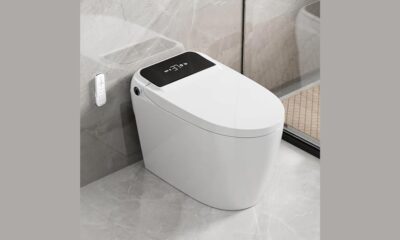
 Reviews1 month ago
Reviews1 month agoLDian Smart Toilet Review [2024]
-
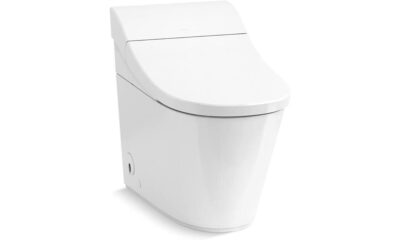
 Reviews2 months ago
Reviews2 months agoKohler Innate Smart Toilet Review [2024]
-
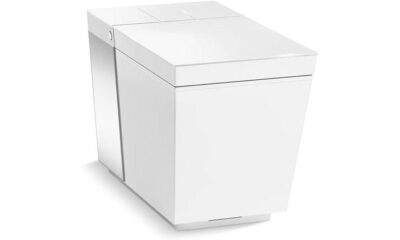
 Reviews2 months ago
Reviews2 months agoKohler NUMI 2.0 Smart Toilet Review [2024]
-
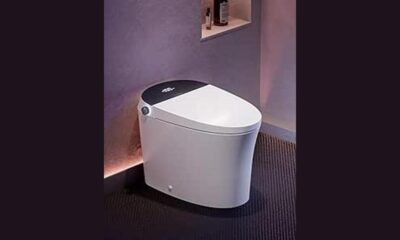
 Reviews2 months ago
Reviews2 months agoCANEST Smart Toilet Review: The Ultimate Bathroom Upgrade [2024]
-
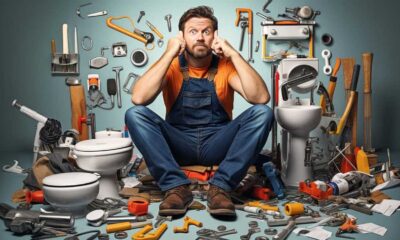
 Toilet Types3 months ago
Toilet Types3 months agoAre Bleach Tablets Bad for Your Toilet
-
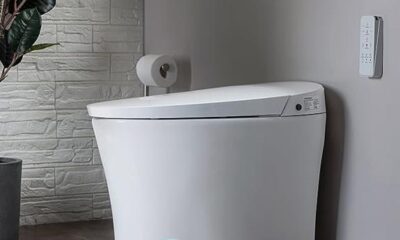
 Reviews2 months ago
Reviews2 months agoWoodbridge B0970S Smart Bidet Toilet Review [2024]
